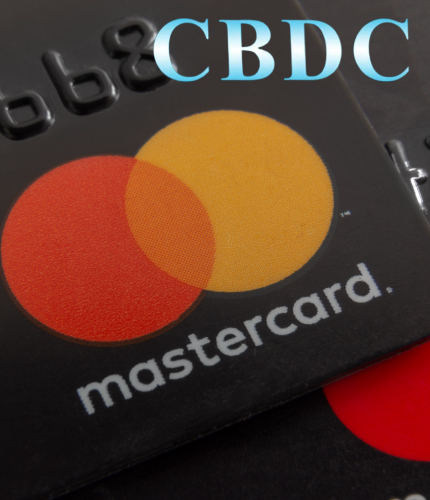
Mastercard recently participated in a pilot program led by the Reserve Bank of Australia (RBA) and the Digital Fiat Currency Research Centre (DFCRC) to explore the potential of interoperable Central Bank Digital Currencies (CBDCs) in enabling secure Web3 commerce.
The pilot program aimed to test the innovative technology developed by Mastercard that allows CBDCs to be securely tokenized or “wrapped” on different blockchains. This technology offers consumers a simple and safe way to conduct transactions across multiple blockchains.
In collaboration with Cuscal and Mintable, Mastercard’s solution includes strict controls to ensure that the pilot CBDC can only be accessed, utilized, and redeemed by authorized parties who have undergone proper identity verification and risk assessment conducted by licensed service providers.
Richard Wormald, Division President, Australasia at Mastercard, expressed his enthusiasm about the technology, stating that it not only provides more consumer choice but also unlocks new opportunities for collaboration between public and private networks in the digital currency space.
During a live demonstration, the solution showcased its capability to enable a holder of a pilot CBDC to purchase a Non-Fungible Token (NFT) listed on the Ethereum public blockchain. The process involved “locking” the required amount of the pilot CBDC on the RBA’s pilot CBDC platform and minting an equal amount of wrapped pilot CBDC tokens on Ethereum.
Before the test transaction could be conducted, the Ethereum wallets of both the buyer and seller, as well as the NFT marketplace smart contract, had to be approved within the platform. This demonstrates the platform’s ability to enforce controls even on public blockchains.
The pilot utilized the Multi-Token Network, a blockchain technology introduced by Mastercard in June 2023, specifically designed to enhance the efficiency of payment and commerce applications.
Zack Burks, CEO and Founder of Mintable, one of the other participants in the pilot, highlighted the potential of linking digital currencies and NFTs, stating that it could eliminate fraud and theft, enhance commerce possibilities, and put an end to the loss of documentation and records.
While digital currencies are still in their infancy, NFTs are already being used in various sectors such as new media, gamification, digital identities, loyalty programs, ticketing, authentication, certification, and more.
It is important to note that this article is for informational purposes only and does not constitute legal, tax, investment, financial, or any other form of advice.






